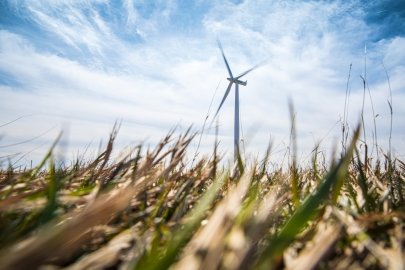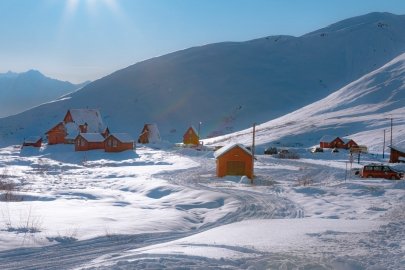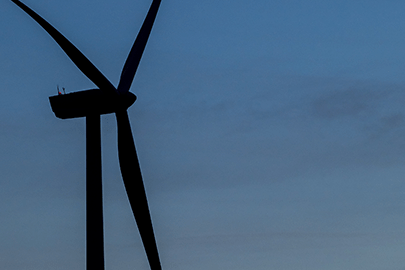After 31 years at the Pacific Northwest National Laboratory, Wind Energy Program Manager Will Shaw has retired. From the Atmosphere to Electrons initiative to offshore wind buoys, it’s been a wind energy career he’s enjoyed with “gust-o.”
Wind Energy Technologies Office
May 16, 2022Will Shaw, PNNL Wind Energy Program Manager, steps into retirement
It started with a workshop in 2008. That’s when Will Shaw decided to change his research focus at Pacific Northwest National Laboratory (PNNL) and dive headfirst into a full-time wind energy career.
Now, after 31 years with PNNL, the intrepid wind energy program manager retired on January 14, 2022.
Shaw joined PNNL in 1990 as a senior research scientist focusing on atmospheric research. Much of his research at that time was within the Atmospheric Radiation Measurement Program, which is supported by the U.S. Department of Energy (DOE). His focus was on complex terrain meteorology.
In 2008, Chris Doran, who hired Will and served as his mentor, approached Will. Would he be interested in co-organizing a joint DOE wind energy workshop for the Office of Biological and Environmental Research and the then-Wind and Water Power Technologies Office (WWPTO)?
The answer was yes. With that simple decision, Shaw’s wind energy career was up and running. He co-organized the event with researchers Julie Lundquist and Scott Schreck, from Lawrence Livermore National Laboratory and the National Renewable Energy Laboratory, respectively.
“It was a large workshop held in Boulder, Colorado, and we had around 200 participants,” said Shaw. “Executing the workshop, producing the related report, and interacting with the two DOE offices in disseminating the results really became my first step into the application of atmospheric sciences to wind energy.”
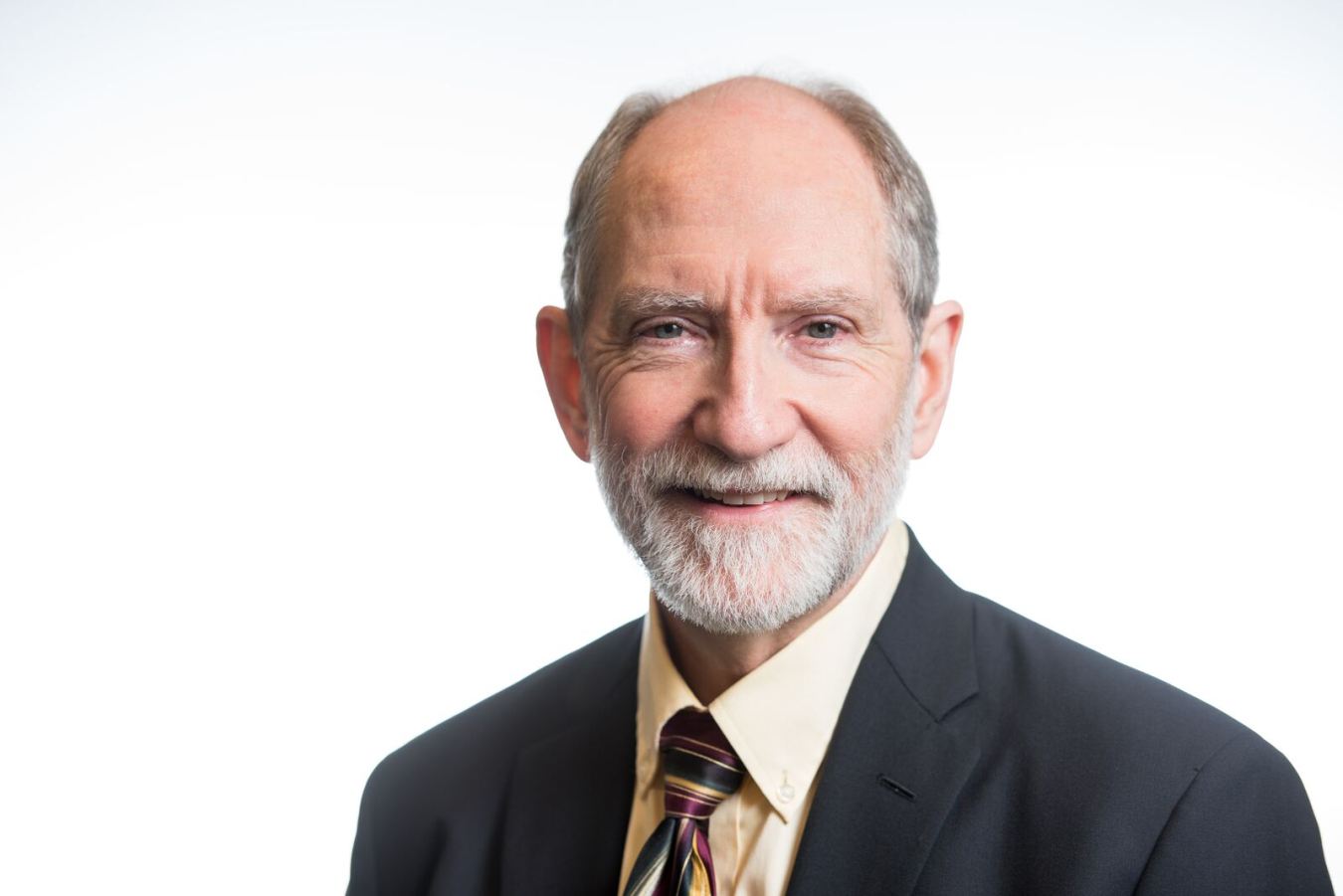
PNNL Wind Energy Program Manager Will Shaw has retired after 31 years in atmospheric and wind energy research. Credit: Andrea Starr, PNNL
A transformative assignment in Washington D.C.
In 2010, WWPTO asked PNNL to identify a researcher who could take an assignment to help them better incorporate atmospheric science research into their wind program. The office wanted to know, for instance, how weather conditions might affect the ability to predict wind resources for a power plant. Shaw accepted the assignment and found himself, along with wife Maja, moving to Washington, D.C., for a year.
“That assignment really changed the atmospheric sciences contribution to wind energy at PNNL and several other national laboratories,” said Shaw.
This transformative experience—among the fondest memories of his career—gave Shaw a firsthand look into DOE’s priorities and operations as well as an understanding of the capabilities across DOE’s national laboratories. It also allowed him to get to know the wind office staff as colleagues and friends.
A new venture—Atmosphere to Electrons
In 2013, Shaw was invited back to Washington for a potentially significant new effort—what is now known as DOE’s Atmosphere to Electrons (A2e) initiative. He was one of three laboratory leads who provided input as the initiative was forming.
“Early workshops for the A2e initiative framed the program as an unprecedented integration of multidisciplinary work across the national laboratories that were serving the wind office,” said Shaw. “The idea was to integrate atmospheric sciences, wind plant aerodynamics, and wind plant control systems and to really study the interaction of turbines with the atmosphere and control systems at the wind plant scale—not turbine by turbine.”
He added, “The team spent a lot of time thinking what elements needed to be in the A2e program, how they would interact, and how to develop this large multidisciplinary, highly integrated effort that has become so successful.”
As a result of the A2e initiative and Shaw’s contribution, a state-of-the-art data management system now serves all of the laboratories, and a series of Wind Forecast Improvement Projects and other studies generated data that have improved atmospheric physics in computer models, contributing to better wind forecasts at turbine heights across the nation.
Shaw credits the A2e initiative for encouraging the national laboratories to find ways to collaborate. “The impact of the landmark A2e initiative on wind energy is a direct result of the truly collaborative environment that we fostered,” he said.
Buoys, wind profiling radars, and computational power
Other major advances in the wind program under Shaw’s purview include the development of two lidar research buoys for gathering offshore wind measurements. The buoys were deployed off the East Coast in 2014 and 2015 and have been successfully collecting data off the California coast since 2020.
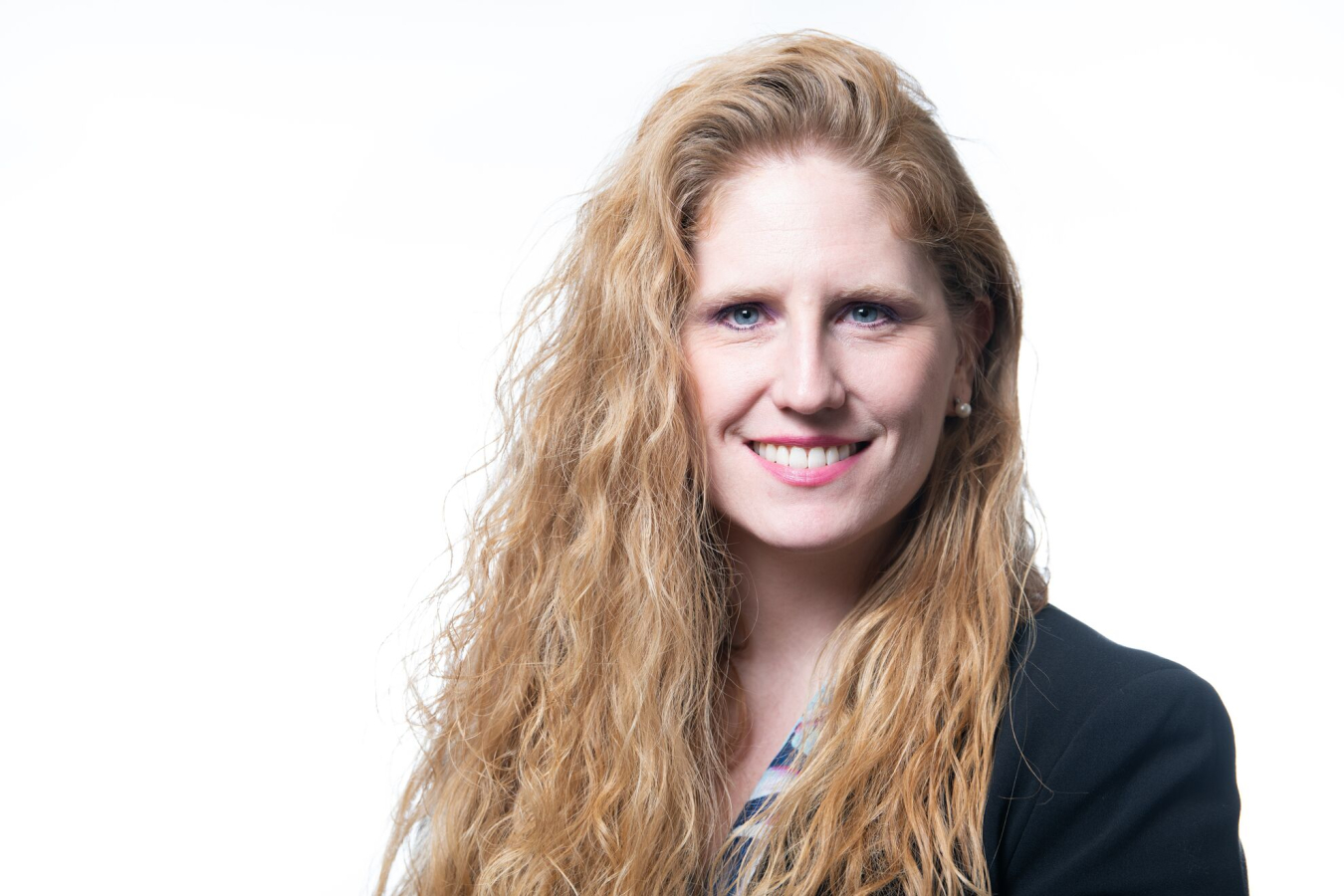
Alicia Mahon, program manager for the lidar buoy program, is stepping into the wind energy program manager role at PNNL. Credit: Andrea Starr, PNNL.
Alicia Mahon, who manages the lidar buoy program, has stepped into Shaw’s shoes as PNNL’s Wind Energy Program Manager.
“Will has been instrumental to the success of the buoy program and PNNL’s wind energy portfolio. His ability to understand and communicate complex atmospheric phenomena, identify research challenges and opportunities, and facilitate collaboration is unparalleled and has been an asset to DOE and PNNL,” said Mahon. “Will has been a role model and mentor for countless scientists and engineers—myself included—and I endeavor to continue in his footsteps, guided by the mentorship he has provided over the years.”
Shaw’s management was also key in a collaboration with the National Oceanic and Atmospheric Administration for deploying three wind profiling radars along the Washington and Oregon coasts in support of the second Wind Forecast Improvement Project.
In 31 years, Shaw has seen significant advancements. “What has changed profoundly is the increase in computational power as well as the capabilities of remote sensing systems to sample volumes of the atmosphere and retrieve variables that we’ve never had access to before,” he said. “This has allowed us to make incredible progress in areas of complex terrain and now offshore wind.”
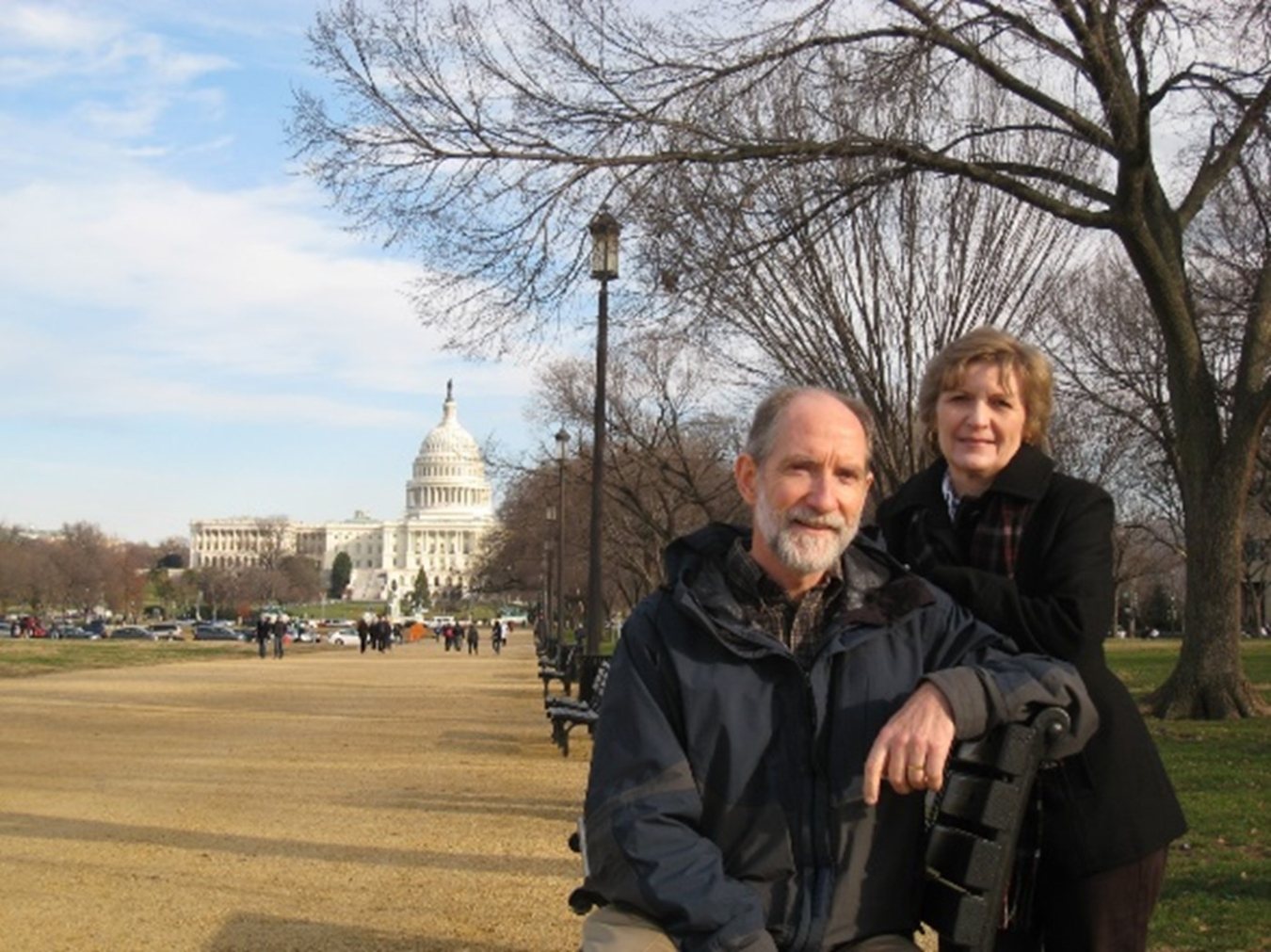
Shaw and wife Maja exploring the National Mall during his assignment with DOE in 2010. Credit: Will Shaw
Will is retiring, he says, to “buy time” to take longer trips to places he and Maja have wanted to visit; to sing regularly with the Mid-Columbia Mastersingers, a choral group in Richland, Washington, where Shaw lives; and “to do more of those really important things that no one will pay you to do.”
Thank you, Will
Bob Marlay, retired director of DOE’s Wind Energy Technologies Office, said, “I want to thank Will for more than a decade of outstanding service to our office. His expertise and leadership of atmospheric research has been critical to the rise of wind power as a leading renewable energy generation technology in the nation. He has touched many lives along the way as a colleague, role model, and friend.”
Subscribe to the WETO e-newsletter to stay informed on the latest wind energy news, events, publications, and updates.


